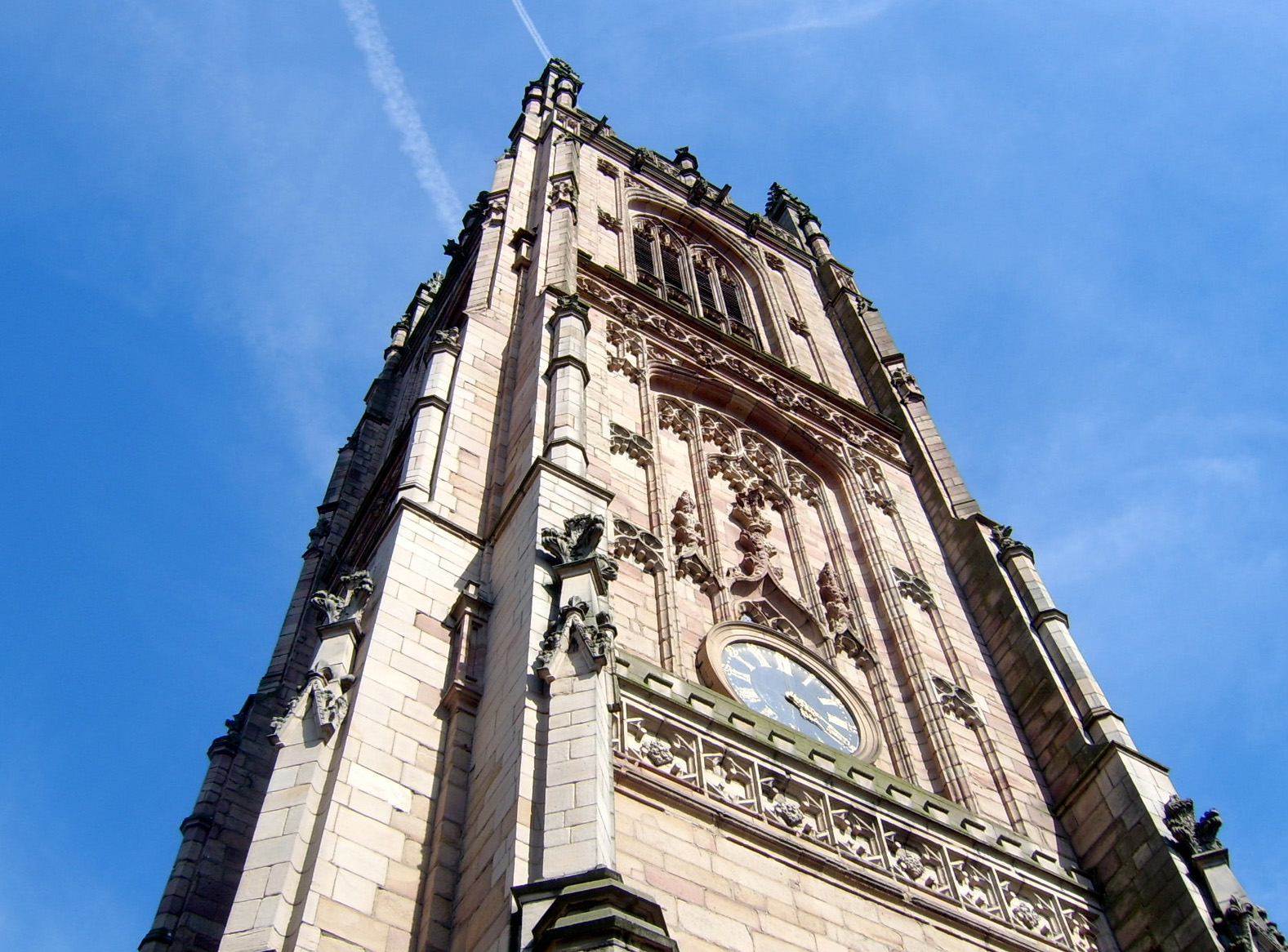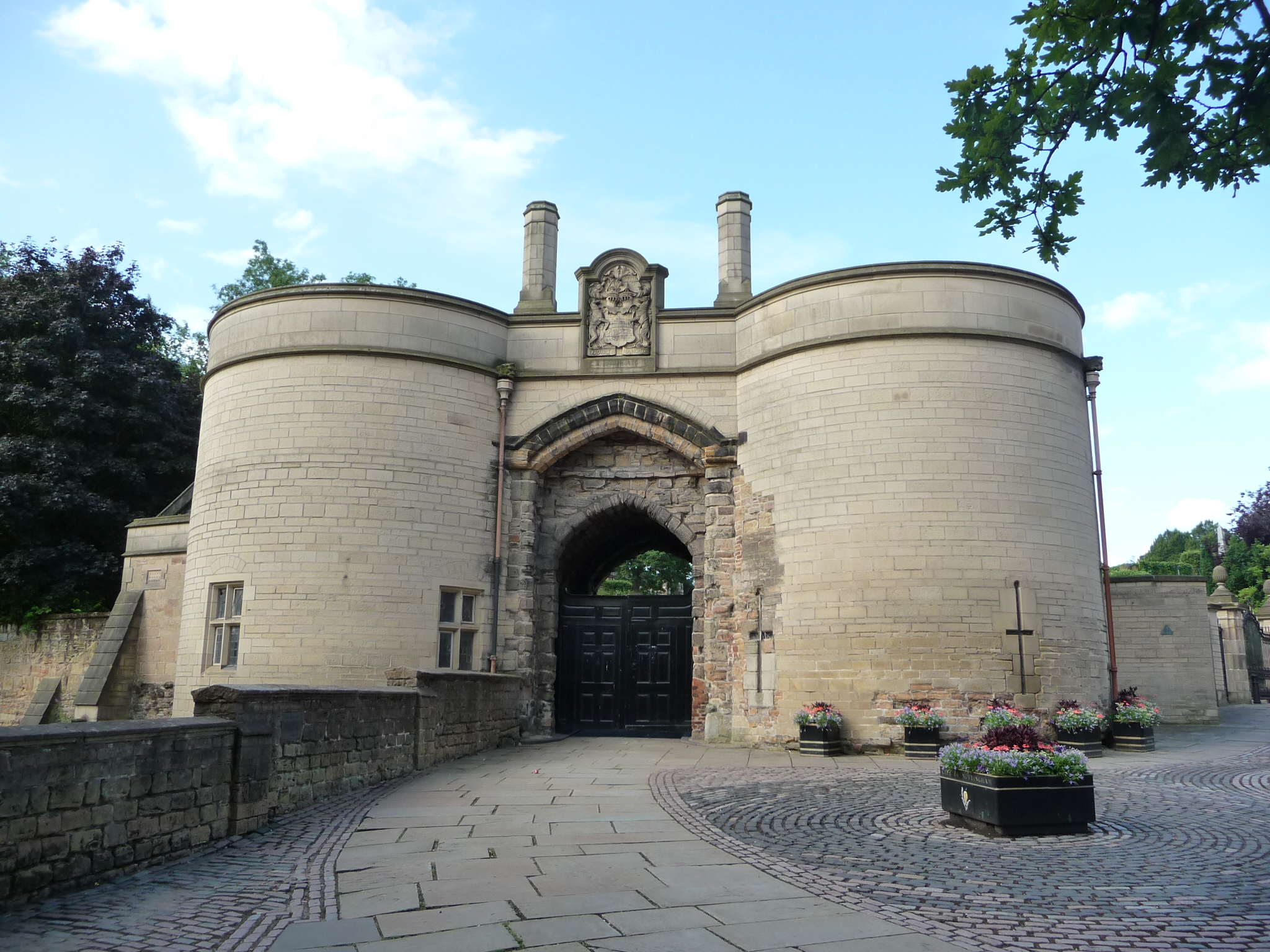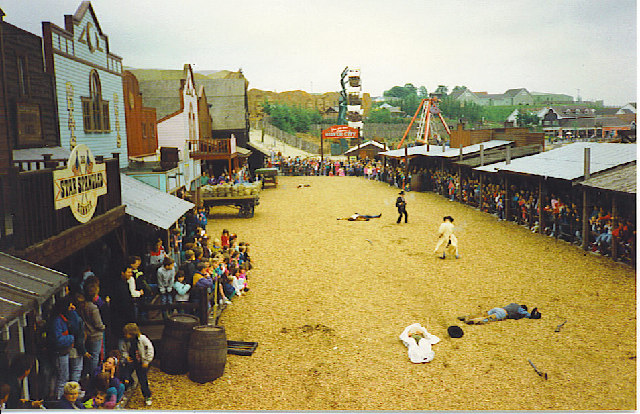|
Ilkeston
Ilkeston ( ) is a town located in the Borough of Erewash in Derbyshire, England, with a population of 40,953 at the 2021 census. Its major industries, coal mining, iron working and lace making/textiles, have now all but disappeared. Part of the Nottingham Urban Area, the town is located between the cities Derby and Nottingham, near the M1 motorway, and on the River Erewash. Its eastern boundary borders Nottinghamshire to the east and is only two miles from Nottingham's western edge. History and culture Ilkeston was likely founded during the 6th century, and gets its name from its supposed founder Elch or Elcha, who was an Anglian chieftain. The town appears as Tilchestune in the Domesday Book of 1086, when it was owned principally by Gilbert de Ghent. Gilbert also controlled nearby Shipley, West Hallam and Stanton by Dale.''Domesday Book: A Complete Translation''. London: Penguin, 2003. pp. 753–4 Ilkeston was created a borough by Queen Victoria in 1887. Ilkeston is on ... [...More Info...] [...Related Items...] OR: [Wikipedia] [Google] [Baidu] |
Borough Of Erewash
Erewash () is a non-metropolitan district, local government district with borough status in the United Kingdom, borough status in Derbyshire, England. The borough is named after the River Erewash. The council has offices in both the borough's towns of Ilkeston and Long Eaton. The borough also includes several villages and surrounding rural areas. Some of the built-up areas in the east of the borough form part of the Nottingham Urban Area. Erewash Borough has military affiliations with 814 Naval Air Squadron Fleet Air Arm based at RNAS Culdrose (HMS Seahawk), Royal Naval Air Station (RNAS) Culdrose and the Mercian Regiment of the British Army, as the successors to the local infantry regiment the Sherwood Foresters. The neighbouring districts are South Derbyshire, Derby, Amber Valley, Borough of Broxtowe, Broxtowe, Borough of Rushcliffe, Rushcliffe and North West Leicestershire. History The district was formed on 1 April 1974 under the Local Government Act 1972 as one of nine dis ... [...More Info...] [...Related Items...] OR: [Wikipedia] [Google] [Baidu] |
Kirk Hallam
Kirk Hallam is a village in the Erewash district, in the south-east of Derbyshire, England. It was part of the former Ilkeston borough and is largely regarded today as an area of the much larger town of Ilkeston which adjoins it to the north east. Since 1974, Kirk Hallam has been part of the borough of Erewash. Kirk Hallam is a ward of the Erewash Borough Council showing a population of 6,417 at the 2001 Census, reducing to 6,216 at the 2011 Census. History Kirk Hallam is one of several 'Hallams' in the locality which includes West Hallam and the Little Hallam and Hallam Fields areas of Ilkeston, all within a few miles. The name 'Halum' appears in the Domesday Book and this may refer to West Hallam, Kirk Hallam or both. In any case, the village is long established. Originally a small agricultural parish, Kirk Hallam's population expanded dramatically in the 1950s and 1960s when large housing developments were carried out, firstly of public sector housing by Ilkeston Corporation ... [...More Info...] [...Related Items...] OR: [Wikipedia] [Google] [Baidu] |
Nottingham Urban Area
The Nottingham Built-up Area (BUA), Nottingham Urban Area, or Greater Nottingham is an area of land defined by the Office for National Statistics as built-up land with a minimum area of 20 hectares (200,000 m2), while settlements within 200 metres of each other are linked. It consists of the city of Nottingham and the adjoining urban areas of Nottinghamshire and Derbyshire, in the East Midlands of England. It had a total population of 729,977 at the time of the 2011 census. This was an increase of almost 10% since the 2001 census recorded population of 666,358, due to population increases, reductions and several new sub-divisions. Geography Greater Nottingham is largely within the three districts of Rushcliffe, Broxtowe and Gedling surrounding the city, though the area spills into the Nottinghamshire district of Ashfield, and also to the Amber Valley and Erewash districts of Derbyshire. The Nottingham Urban Area is, by the ONS' figures, the 8th largest in England ( ... [...More Info...] [...Related Items...] OR: [Wikipedia] [Google] [Baidu] |
West Hallam
West Hallam is a large village and civil parish west of Ilkeston in the county of Derbyshire in the East Midlands region of England. West Hallam has had its own parish council since 1894 and, since 1974, has been part of the Erewash borough. The population of the civil parish was 4,829 at the 2001 census reducing to 4,686 at the 2011 census. Early history Although it is not known exactly when the village was founded, it existed at the time of the Domesday Book in 1086. St Wilfrid's Church is over 700 years old."The West Hallam Heritage" by Brenda Parker BA (rev 1987) In the 16th and 17th centuries, West Hallam had a reputation for Catholic sympathies at a time when Catholics were persecuted. Until the early 20th century West Hallam was a small rural village and the property of the Newdigate family. Most jobs were in the agricultural area with mining work locally in the Erewash Valley coalfield. There was also a West Hallam railway station, connected to the Great Northern R ... [...More Info...] [...Related Items...] OR: [Wikipedia] [Google] [Baidu] |
River Erewash
The River Erewash is a river in England, a tributary of the River Trent that flows roughly southwards through Derbyshire and Nottinghamshire, forming the boundary between the two counties for much of its length. It rises near Kirkby-in-Ashfield, and passes close to Pinxton, Ironville, Langley Mill, Eastwood, Ilkeston, Trowell, Stapleford, Sandiacre, Toton and Long Eaton to reach the River Trent near Beeston. It shares its valley with a railway line from Kirkby-in-Ashfield to Pye Bridge Junction, and the Erewash Valley line below the junction. The Pinxton Branch of the Cromford Canal runs parallel to the upper reaches, and below Ironville the main line of the abandoned Cromford Canal enters the valley. At Langley Mill, both the Erewash Canal and the abandoned Nottingham Canal fit into the valley, with the Nottingham Canal turning to the east at Trowell, and the Erewash Canal continuing through Long Eaton when the river turns to the east to reach its mouth. The ... [...More Info...] [...Related Items...] OR: [Wikipedia] [Google] [Baidu] |
Derbyshire
Derbyshire ( ) is a ceremonial county in the East Midlands of England. It borders Greater Manchester, West Yorkshire, and South Yorkshire to the north, Nottinghamshire to the east, Leicestershire to the south-east, Staffordshire to the south and west, and Cheshire to the west. Derby is the largest settlement, and Matlock is the county town. The county has an area of and a population of 1,053,316. The east of the county is more densely populated than the west, and contains the county's largest settlements: Derby (261,400), Chesterfield (88,483), and Swadlincote (45,000). For local government purposes Derbyshire comprises a non-metropolitan county, with eight districts, and the Derby unitary authority area. The East Midlands Combined County Authority includes Derbyshire County Council and Derby City Council. The north and centre of Derbyshire are hilly and contain the southern end of the Pennines, most of which are part of the Peak District National Park. They include Kinde ... [...More Info...] [...Related Items...] OR: [Wikipedia] [Google] [Baidu] |
Derby
Derby ( ) is a City status in the United Kingdom, city and Unitary authorities of England, unitary authority area on the River Derwent, Derbyshire, River Derwent in Derbyshire, England. Derbyshire is named after Derby, which was its original county town. As a unitary authority, Derby is administratively independent from Derbyshire County Council. The population of Derby is (). The Romans established the town of Derventio Coritanorum, Derventio, which was later captured by the Anglo-Saxons and then by the Vikings who made one of the Five Boroughs of the Danelaw. Initially a market town, Derby grew rapidly in the industrial era and was home to Lombe's Mill, an early British factory and it contains the southern part of the Derwent Valley Mills World Heritage Site. With the arrival of the railways in the 19th century, Derby became a centre of the Rail transport in Great Britain, British rail industry. Despite having a Derby Cathedral, cathedral since 1927, Derby did not gain City ... [...More Info...] [...Related Items...] OR: [Wikipedia] [Google] [Baidu] |
Nottingham
Nottingham ( , East Midlands English, locally ) is a City status in the United Kingdom, city and Unitary authorities of England, unitary authority area in Nottinghamshire, East Midlands, England. It is located south-east of Sheffield and north-east of Birmingham. Nottingham is the legendary home of Robin Hood and to the lace-making, bicycle and Smoking in the United Kingdom, tobacco industries. The city is also the county town of Nottinghamshire and the settlement was granted its city charter in 1897, as part of Queen Victoria's Diamond Jubilee celebrations. In the 2021 United Kingdom census, 2021 Census, Nottingham had a reported population of 323,632. The wider conurbation, which includes many of the city's suburbs, has a population of 768,638. It is the largest urban area in the East Midlands and the second-largest in the Midlands. Its Functional Urban Area, the largest in the East Midlands, has a population of 919,484. The population of the Nottingham/Derby metropolitan a ... [...More Info...] [...Related Items...] OR: [Wikipedia] [Google] [Baidu] |
The American Adventure Theme Park
The American Adventure was a theme park in Derbyshire, England, near Nottingham and Derby on the edge of Heanor. The park for many years had a number of large white-knuckle attractions, before being rethemed as a 'family' park aimed at the under-14 market in 2005. In January 2007, the owners of the park announced that it would not reopen for the new season, and the rides would be sold off. History The American Adventure, built on an area of Country Park which had been subject to deep seam and opencast coal mining, was originally opened in June 1987 with an Old West and Cowboys vs. Native Americans theme. A theme park called Britannia Park had been opened on the site in 1985 but closed after just 10 weeks, insolvent, and its founder Peter Kellard was later imprisoned for fraud. Derbyshire County Council purchased the site in 1986 and later sold it to the conglomerate Granada, which in June 1987 opened the American Adventure, heralded as ''Britain's Major New Theme Park''. In ... [...More Info...] [...Related Items...] OR: [Wikipedia] [Google] [Baidu] |
Shipley, Derbyshire
Shipley is a village in the south-east of Derbyshire in the East Midlands of England. Since 1974 it has been part of the Borough of Amber Valley. The population of the civil parish as taken at the 2011 Census was 710. Shipley is first mentioned in the Domesday Book of 1086, in the form ''Scipelei''. The name apparently derives from the Old English ''scēap'' ('sheep') and ''lēah'' ('open ground, such as meadow, pasture, or arable land'). Thus it means 'sheep-clearing' or 'sheep-pasture'.Kenneth Cameron, ''The Place-Names of Derbyshire'', English Place-Name Society, 27–29 (Cambridge: Cambridge University Press, 1959), ii 502. Shipley separates the Ilkeston and Heanor urban areas, which are linked by the main A6007 road. It also incorporates most of the Shipley Country Park and the hamlet known as 'The Field' which is usually seen as the centre of the civil parish, with the Anglican Parish Church being at Cotmanhay, to the north of Ilkeston. The Nutbrook Canal, completed in 1 ... [...More Info...] [...Related Items...] OR: [Wikipedia] [Google] [Baidu] |
Cotmanhay
Cotmanhay is a village and the northernmost area of Ilkeston in Derbyshire, England. Formerly a Viking settlement, Cotmanhay is located in the Erewash Borough Council area and had a population of 4,531 in 2011. The village's two main industries were textiles and coal mining, the latter from 1848 until 1880. Recently, a flint implement was found at the edge of Cotmanhay Wood, indicating that the area had been inhabited several thousand years ago. The 2019 Multiple deprivation index found the area around Skeavingtons Lane to be the most deprived area in Derbyshire. See also *List of places in Derbyshire This is a list of places in Derbyshire, England. A B C D E F G H I K L M N O P Q R S T U V W Y See also * List of settlements in Derbyshire by population * List of places fo ... References External links Cotmanhay Neighbourhood Management [...More Info...] [...Related Items...] OR: [Wikipedia] [Google] [Baidu] |
Stanton By Dale
Stanton by Dale, also written as Stanton-by-Dale and sometimes referred to as simply Stanton, is a village and civil parish in the south east of Derbyshire, England. According to the University of Nottingham English Place-names project, the settlement name Stanton-by-Dale could mean 'Stony farm or settlement', stān (Old English) for stone or rock; and tūn (Old English) for an enclosure; farmstead; village; or an estate. It lies south of Ilkeston and north of Sandiacre. Since 1974 it has been part of the Borough of Erewash, Erewash borough. The village is halfway between the cities of Derby and Nottingham , as the crow flies, from each city. The population of the civil parish at the 2011 census was 505. Early history Mentioned in the Domesday Book Survey of 1086, Stanton-by-Dale is believed to derive its name from stone quarrying in the area. During the 13th and 14th centuries the church and much land in the parish was owned by nearby Dale (Stanley Park) Abbey. After its dis ... [...More Info...] [...Related Items...] OR: [Wikipedia] [Google] [Baidu] |




